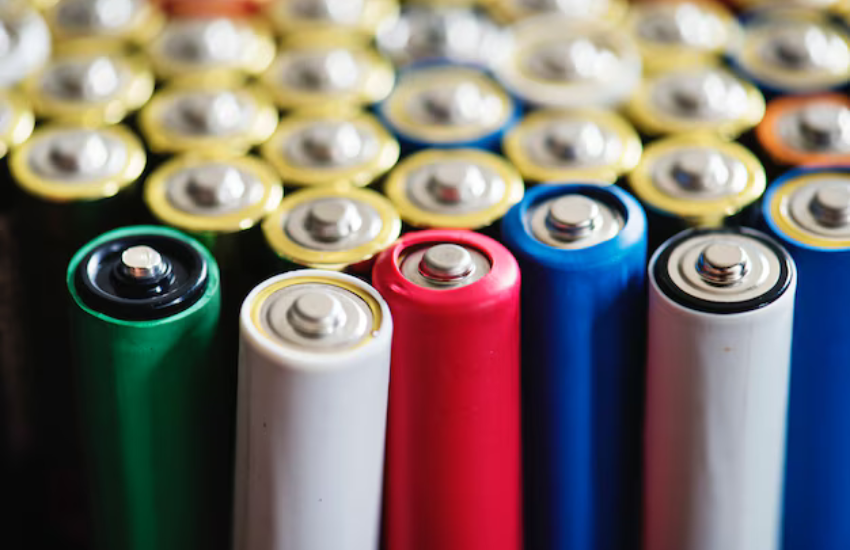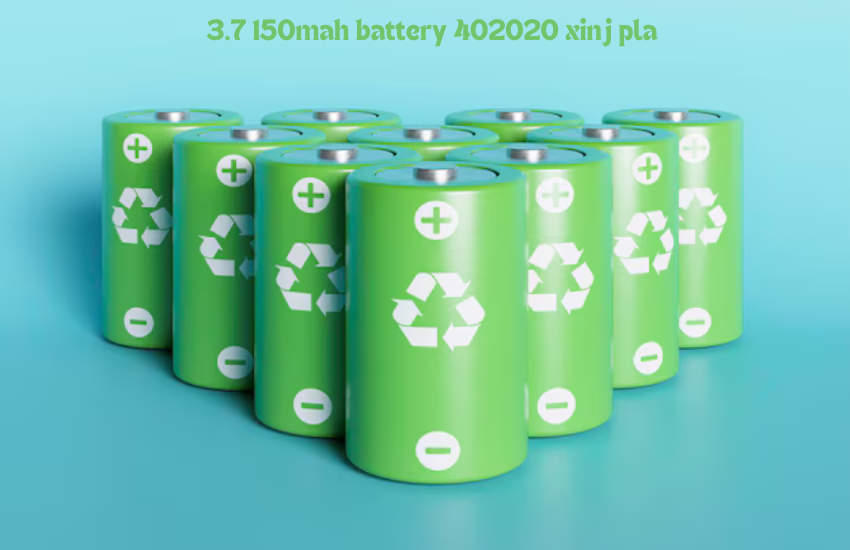3.7 150mah battery 402020 xinj pla have revolutionized the way we use portable electronics, with their compact size and impressive energy density. Among these, the 3.7V 150mAh Battery 402020 model, specifically produced by XINJ, stands out as a popular choice for small devices. Understanding its specifications and best-use practices can ensure optimal performance and longevity.
Understanding 3.7V 150mAh Battery Specifications
Every battery has unique features that determine how well it performs. Let’s break down what the “3.7V” and “150mAh” mean in practical terms.
- Voltage (3.7V): This refers to the electrical potential the battery provides. It is suitable for most low-power electronic devices, ensuring stable and reliable performance.
- Capacity (150mAh): Measured in milliampere-hours, this indicates how much charge the battery can hold. In simple terms, a 150mAh capacity allows a device to run for a specific duration before needing a recharge.
- Physical Dimensions (402020): This code signifies the size of the battery in millimeters: 4.0mm thickness, 20.0mm width, and 20.0mm length. This compact design makes it ideal for fitting into tiny spaces.
What Does 402020 Mean in Battery Specifications?
Battery models often come with numerical designations, but what do they mean?
- Detailed Breakdown: The numbers “402020” represent the dimensions of the battery in millimeters. The first two digits (40) denote the thickness (4.0mm), the next two (20) indicate the width (20.0mm), and the last two digits (20) show the length (20.0mm).
- Impact on Power: The small size doesn’t compromise the energy density, allowing the battery to power miniature devices efficiently.

Manufacturer Overview: XINJ
XINJ is a well-known manufacturer in the battery industry, particularly recognized for its high-quality Li-Po batteries.
- History and Expertise: Founded to provide reliable power solutions, XINJ has expanded its product line to cater to various consumer and industrial needs.
- Quality Assurance: They are praised for their stringent quality control measures, ensuring each battery meets industry standards for safety and performance.
Lithium Polymer (Li-Po) Technology
What makes Li-Po batteries like the 3.7V 150mAh special compared to traditional ones?
- How They Work: Unlike Lithium-Ion batteries, Li-Po cells use a solid polymer electrolyte, making them lighter and more flexible in shape.
- Advantages: They offer higher energy density, have lower self-discharge rates, and can be customized into various shapes, making them perfect for compact devices.
Key Features of the 3.7V 150mAh Battery
Here’s what sets this battery apart:
- High Energy Density: Despite its small size, it packs significant power, making it ideal for gadgets where space is limited.
- Lightweight: The battery’s weight is minimal, perfect for wearable tech or portable devices.
- Durability: Engineered to withstand multiple charge cycles without significant performance loss.
Typical Applications
Due to its compact and efficient design, the 3.7V 150mAh Li-Po battery is widely used in:
- Consumer Electronics: Small drones, Bluetooth headsets, smartwatches, and fitness trackers.
- Medical Devices: Compact medical monitors and wearable health devices benefit from its long-lasting power.
- Remote Controls and Miniature Gadgets: Ideal for toys and other micro-electronics.
Safety and Handling of Li-Po Batteries
While Li-Po batteries are efficient, handling them requires caution to avoid hazards.
- Safety Tips: Avoid overcharging or puncturing the battery. Always use a charger designed for Li-Po batteries to minimize risks.
- Storage: Keep batteries in a cool, dry place away from direct sunlight. If storing for long periods, discharge them to about 40-50%.
Charging the 3.7V 150mAh Battery
Proper charging is crucial for maintaining battery health.
- Recommended Parameters: Use a charger with an output voltage of 4.2V and a current of 0.1A for optimal safety and efficiency.
- Charging Equipment: Use smart chargers that automatically cut off once the battery is fully charged to prevent overcharging.
Compatibility and Interchangeability
Before purchasing or replacing the battery, ensure it fits your device.
- Compatible Devices: Check the product manual to see if the 402020 model is specified.
- Battery Check: Measure the compartment in your device and compare it with the battery’s dimensions to ensure a snug fit.
Comparison with Other Battery Types
Understanding the differences between battery types can guide your choice:
- Li-Ion vs. Li-Po: Li-Ion batteries are cylindrical and heavier, while Li-Po is flat and lighter, ideal for slim gadgets.
- Benefits of Li-Po: More flexible shape, lightweight, and less risk of leaking.
How to Extend the Battery’s Lifespan
Maximizing your battery’s life involves regular maintenance.
- Tips for Longevity: Avoid exposing the battery to extreme temperatures. Do not let it fully discharge frequently.
- Common Mistakes: Overcharging or deep discharging can permanently damage the battery.
Environmental Impact and Recycling
Li-Po batteries can be hazardous if disposed of improperly.
- Eco-Friendly Disposal: Take used batteries to a certified recycling center. Avoid throwing them in the trash to prevent environmental harm.
- Battery Impact: The mining of materials used in Li-Po batteries has environmental implications, making recycling crucial.

Purchasing Guide for 3.7V 150mAh Batteries
Not all batteries are created equal. Here’s how to choose wisely:
- Trusted Suppliers: Buy from reputable vendors like XINJ to avoid counterfeit products.
- Key Considerations: Check for certifications, warranty, and reviews before purchasing.
Troubleshooting Common Battery Issues
Issues can arise even with the best batteries.
- Identifying Problems: If your device shuts off unexpectedly or the battery heats up during charging, it may be time for a replacement.
- Solutions: Ensure proper charging and handle with care.
FAQs
Q1: What Does 150mAh Mean for Performance?
A: It denotes the amount of charge the battery can deliver over an hour. Higher mAh equals longer usage time.
Q2: How Long Does a 150mAh Battery Last?
A: It depends on the device’s power consumption but typically lasts several hours in small gadgets.
Q3: Can I Use a Higher Capacity Battery in My Device?
A: Yes, but ensure the voltage matches, and there is enough space for a larger battery.
Q4: Why Do Li-Po Batteries Puff Up?
A: Puffing occurs due to gas buildup from overcharging or deep discharging. It indicates the battery is unsafe.
Q5: What Is the Shelf Life of a Li-Po Battery?
A: When stored properly, Li-Po batteries can last 1-2 years without significant capacity loss.
Q6: How to Safely Dispose of a Damaged Li-Po Battery?
A: Take it to a hazardous waste facility. Never puncture or incinerate a damaged battery.


